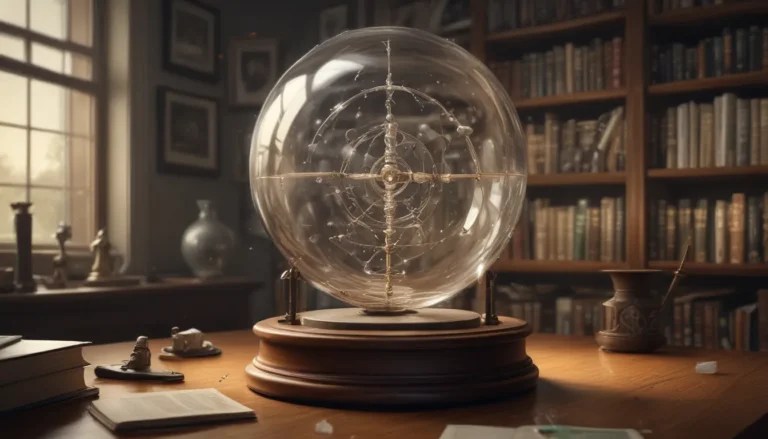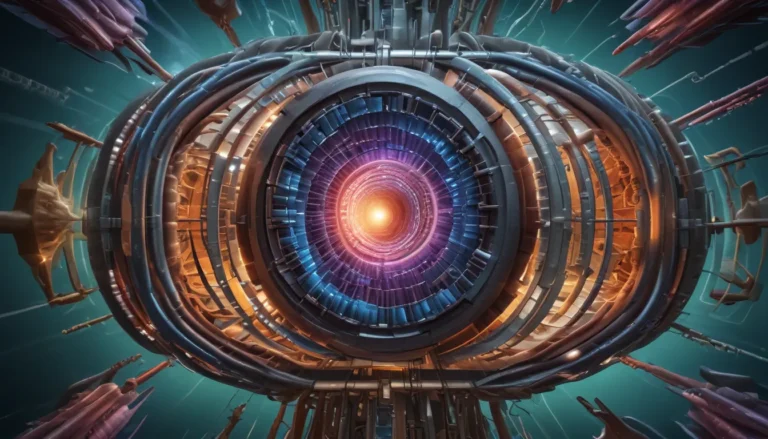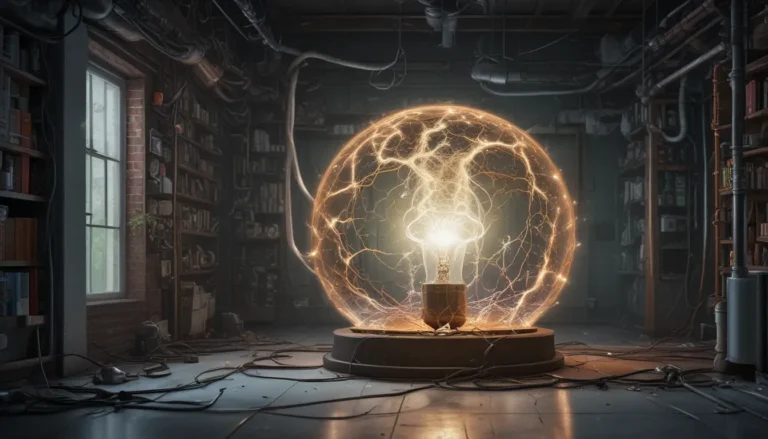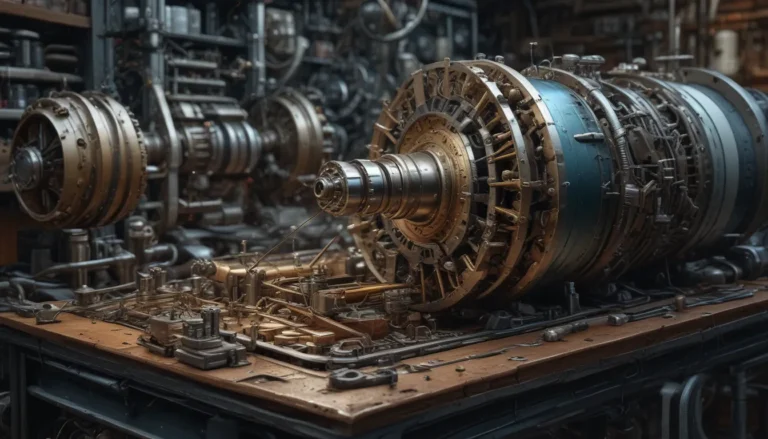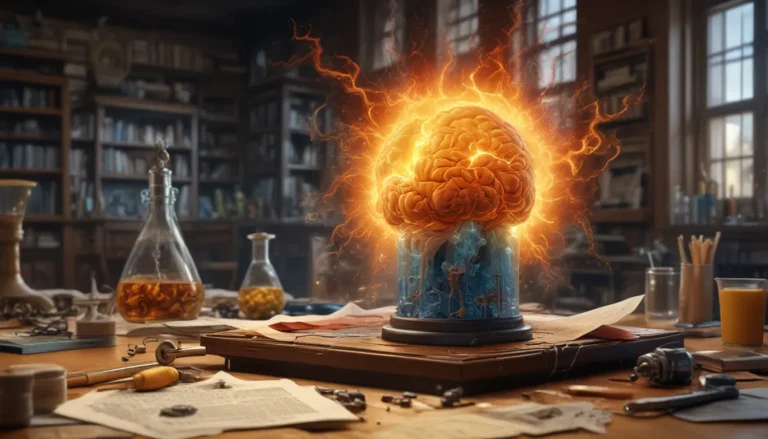A Note About Images: The images used in our articles are for illustration purposes only and may not exactly match the content. They are meant to engage readers, but the text should be relied upon for accurate information.
The Law of Conservation of Mass-Energy, also known as Mass-Energy Equivalence, is a foundational principle in physics that states that the total amount of mass and energy in a closed system remains constant over time. This concept, derived from Albert Einstein’s famous equation E=mc2, has revolutionized our understanding of the relationship between matter and energy.
Key Takeaways:
- Mass and energy cannot be created or destroyed, only transformed. This principle, known as mass-energy equivalence, is crucial in understanding the universe and everyday life, from the Sun’s energy to the food we eat.
- Albert Einstein’s
E=mc2equation demonstrates that mass and energy are interchangeable, leading to advancements in nuclear energy and the study of dark matter and dark energy.
Mass and Energy Interchangeability
According to Albert Einstein’s theory of relativity, E=mc2, mass and energy are interchangeable. This equation reveals that mass can be converted into energy and vice versa, transforming our understanding of the universe and paving the way for advancements in nuclear energy and atomic bombs.
The Sun’s Energy Source
The Sun’s energy primarily originates from the fusion of hydrogen nuclei into helium, a process known as nuclear fusion. This reaction releases an immense amount of energy, powering the Sun and sustaining life on Earth. The Law of Conservation of Mass-Energy plays a vital role in understanding this process and its significance for our planet.
Exploring the Implications of Mass-Energy Equivalence
The Law of Conservation of Mass-Energy is not just a theoretical concept; it has profound implications in various fields of science. From nuclear power plants to particle accelerators, the principle of mass-energy equivalence shapes our understanding of the universe and everyday phenomena.
Nuclear Power Plants
Nuclear power plants generate electricity through nuclear reactions, such as fission or fusion, which convert a small amount of mass into a large amount of energy. By harnessing the principles of the Law of Conservation of Mass-Energy, these plants provide a significant portion of the world’s electricity.
Particle Accelerators
Particle accelerators, like the Large Hadron Collider (LHC), accelerate particles to high speeds to study the fundamental building blocks of matter and energy. These machines rely on the principles of mass-energy equivalence to unlock the mysteries of the universe and push the boundaries of scientific knowledge.
Mass-Energy in Everyday Life
The Law of Conservation of Mass-Energy is not limited to grand cosmic events; it also applies to everyday life. The food we consume contains potential energy stored within its mass, which our bodies convert into kinetic energy for various functions. This fundamental principle underscores the interconnected nature of mass and energy in our daily experiences.
Delving Deeper Into the Universe
The Law of Conservation of mass energy extends beyond our planet and solar system, shaping our understanding of the cosmos and its mysteries. From the birth of the universe to the enigmatic phenomena of dark matter and dark energy, this principle offers insights into the vast expanse of space and time.
The Birth of the Universe
The Law of Conservation of Mass-Energy plays a crucial role in the Big Bang theory, which posits that all matter and energy in the universe were concentrated into a tiny point before the explosive expansion that led to the creation of the universe. This transformation and distribution of mass and energy throughout space and time underscore the fundamental principles of mass-energy equivalence.
Dark Matter and Dark Energy
Dark matter and dark energy, which compose the majority of the universe’s mass and energy, remain mysterious and poorly understood phenomena. Exploring these enigmatic elements requires a deep dive into the principles of mass-energy equivalence, offering a glimpse into the intricate web of cosmic forces that govern our universe.
Conclusion: Embracing the Interconnected Universe
In conclusion, the Law of Conservation of Mass-Energy, or Mass-Energy Equivalence, is a cornerstone of physics that reshapes our perception of the universe. Through the groundbreaking work of Albert Einstein and other visionaries, we have unlocked the interconnected nature of mass and energy, revealing their transformative potential in nuclear energy and celestial phenomena.
FAQs
What is the Law of Conservation of Mass-Energy?
The Law of Conservation of Mass-Energy states that the total mass-energy of a closed system remains constant and cannot be created or destroyed.
How does the Law of Conservation of Mass-Energy relate to Einstein’s theory of relativity?
Einstein’s theory of relativity introduces the concept of mass-energy equivalence, indicating that mass and energy are interchangeable. This idea is encapsulated in the famous equation, E=mc2.
Can mass be converted into energy?
According to the Law of Conservation of Mass-Energy, mass can be converted into energy and vice versa. This phenomenon is evident in nuclear reactions, such as those occurring in the Sun and nuclear power plants.
What are some practical applications of the Law of Conservation of Mass-Energy?
The Law of Conservation of Mass-Energy has practical applications in nuclear energy and particle physics, providing insights into the behavior of matter and energy across various scales.
Does the Law of Conservation of Mass-Energy apply to all physical processes?
Yes, the Law of Conservation of Mass-Energy applies universally to all physical processes within a closed system, highlighting the fundamental interconnectedness of mass and energy in the universe.

